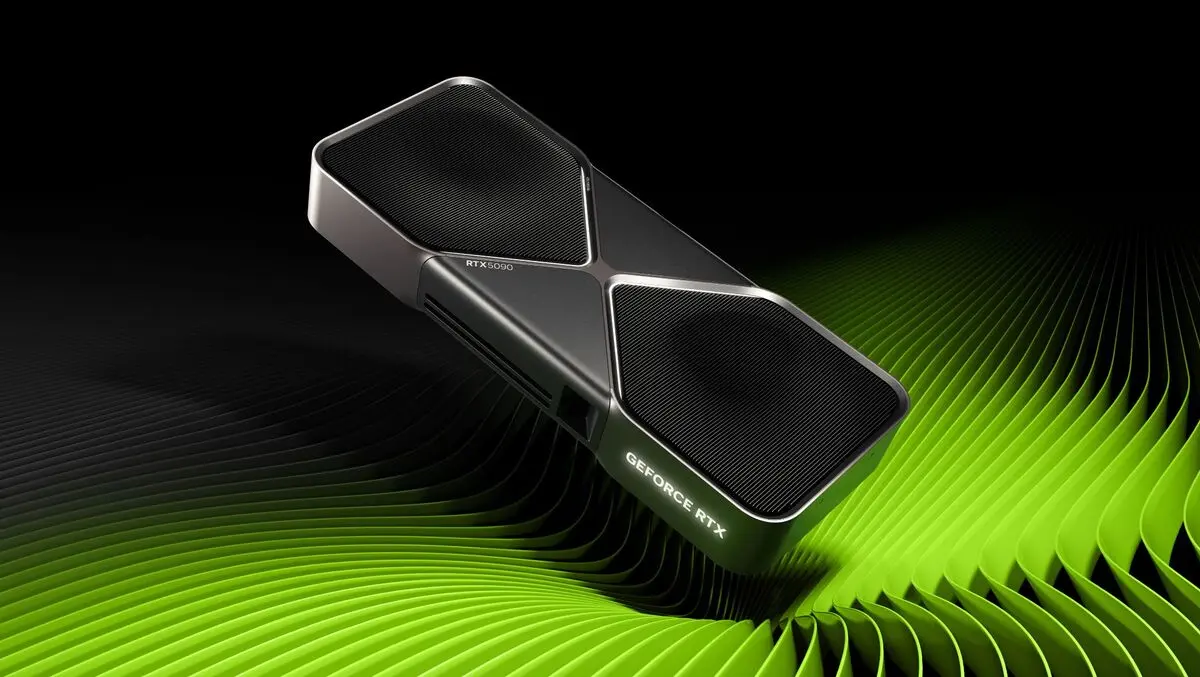NVIDIA has announced the availability of its RTX 50 Series GPUs, which are built on the new Blackwell architecture, marking significant advancements in gaming, creative work, and artificial intelligence (AI) applications.
New developments such as NIM microservices and AI Blueprints are at the forefront of NVIDIA's efforts to enhance AI accessibility for developers and other users. These tools are designed to simplify the process of AI development by offering pre-packaged models and reference projects that are easy to implement and deploy across various systems. This initiative is explored in depth in the recent edition of NVIDIA's RTX AI Garage series.
NVIDIA's NIM microservices are tailored to assist developers and enthusiasts by providing an accessible entry point into generative AI. These solutions allow for quick iteration and take advantage of RTX GPUs to accelerate AI capabilities on Windows platforms. Furthermore, they can be effortlessly incorporated into projects via standard APIs, facilitating smooth operation across platforms.
AI Blueprints serve as demonstrative reference projects that showcase the capabilities of NIM microservices, aiming to inspire the creation of new AI experiences. One such application highlighted by NVIDIA is the "PDF to Podcast" tool, which converts PDF documents into podcasts, further illustrating the potential of AI integration.
In collaboration with Microsoft, NVIDIA has extended the functionality of NIM microservices and AI Blueprints to the Windows Subsystem for Linux (WSL2). This development allows AI workloads, typically run on data centre GPUs, to be effectively handled on RTX PCs, thereby offering heightened flexibility and efficiency.
The anticipated release of NIM microservices and AI Blueprints will initially be compatible with the GeForce RTX 50 Series, GeForce RTX 4090, 4080, and NVIDIA RTX 6000 and 5000 professional GPUs, with further GPU support expected later. These services are optimised for the latest Blackwell GPU architecture, benefiting from technologies such as fifth-generation Tensor Cores and FP4 precision support.
The introduction of fifth-generation Tensor Cores brings about a significant increase in AI computational power, boasting the capability to perform up to 3,352 trillion AI operations per second. This advancement facilitates more efficient execution of complex AI models, enabling more seamless real-time rendering and interactive content creation.
NVIDIA also introduces FP4, a new quantisation format that aims to enhance AI efficiency by reducing the size of AI models while maintaining their precision. Compared to FP16, FP4 allows for substantial performance gains and reduced model sizes, improving processing speed and decreasing memory usage without significant quality loss. This feature is seamlessly integrated into the Blackwell architecture and NIM microservices, offering developers an efficient path to optimise AI models on RTX GPUs.



